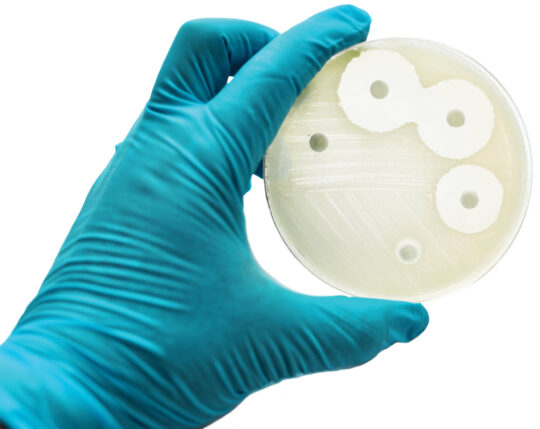Curbing antibiotic resistance
Antibiotic resistance is a leading cause of death in low- to middle-income countries and a major public health concern. However, there has been little evidence on the potential for water and sanitation access to reduce antibiotic resistance in humans. But a new study led by Amy Pickering, assistant professor of civil and environmental engineering, found that increasing access to clean water and flush toilets could be an effective way to curb antibiotic resistance.
 For their study, the researchers turned to “metagenomic data,” which is genetic sequence data from all material in a sample. Specifically, they looked at human fecal metagenomes, tagged by geospatial location, from the National Center for Biotechnology Information’s Sequence Read Archive. They linked this data with household survey datasets — also geo-referenced — that reported access to drinking water sources and sanitation facility types. One advantage of this approach is that human fecal samples are more representative than using sewage, as a large proportion of households in low-income settings are not connected to sewage systems.
For their study, the researchers turned to “metagenomic data,” which is genetic sequence data from all material in a sample. Specifically, they looked at human fecal metagenomes, tagged by geospatial location, from the National Center for Biotechnology Information’s Sequence Read Archive. They linked this data with household survey datasets — also geo-referenced — that reported access to drinking water sources and sanitation facility types. One advantage of this approach is that human fecal samples are more representative than using sewage, as a large proportion of households in low-income settings are not connected to sewage systems.
Pickering and colleagues identified 1,589 human fecal metagenomes from 26 countries. The mean abundance of antibiotic resistance genes (ARGs) was highest in Africa, compared with Europe, North America and the Western Pacific; and second highest in Southeast Asia, compared with Europe and North America.
“Increased access to improved water and sanitation was associated with lower ARG abundance, and the association was stronger in urban than in rural areas,” the researchers wrote in the study. Improved sanitation alone was associated with a greater decrease than improved drinking water alone, “but the greatest decrease was observed with access to both.”
Moreover, controlling antibiotic drug consumption is likely insufficient to stop the spread of antibiotic resistance, said Pickering. “Community environmental transmission should be given greater attention.”
Learn more: Evaluating the relationship between community water and sanitation access and the global burden of antibiotic resistance: an ecological study (The Lancet Microbe)

